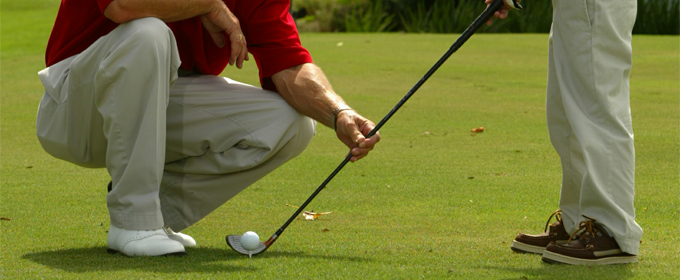Key #1 - It's Not About the Head
I worked with one of the college players today. His spine was around 31°, and he'd turn his shoulders at about that angle early on in his backswing, but by the time he got to the top it would be 18 or 19°. Predictably, his head drifted back a little, but up a fair amount.
So, we worked on Key #1. I could have called it Key #4 (path) but it was a bit more of a secondary effect. Heck, even Key #5 was improved.
But Key #1 is not about the head. I know, it's in the name, but we say this: the head is a reference point. The point we care about is what we call the URC - the "Upper Rotational Center." The URC is a spot between your shoulders, and if it stays in roughly the same spot, it's easier to hit the ball consistently solid.
When your shoulders change pitch quite a bit, the URC is moving around. It's tough to hit the ball solidly, consistently. And… since your head is pretty closely connected to the URC, if it's moving, it's probably because the URC is moving.
But… "Key #1: Steady Upper Rotational Center with a Full Pivot" doesn't have quite the same ring to it.
-
 3
3







16 Comments
Recommended Comments
Create an account or sign in to comment
You need to be a member in order to leave a comment
Create an account
Sign up for a new account in our community. It's easy!
Register a new accountSign in
Already have an account? Sign in here.
Sign In Now